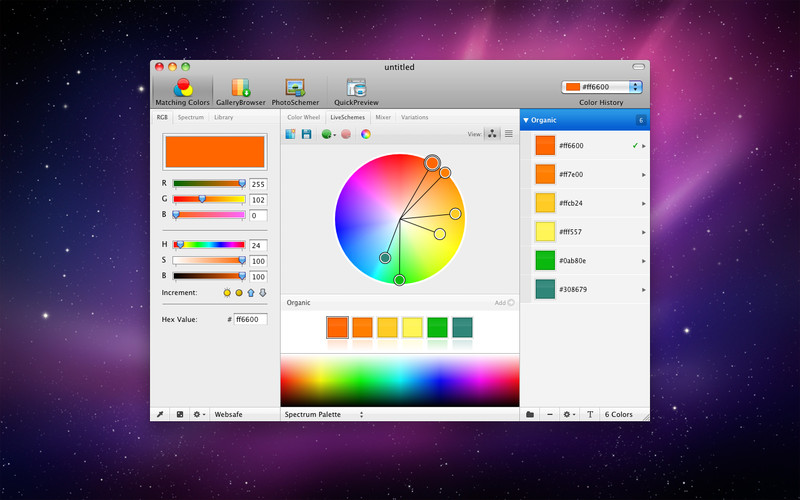If you want to use Disk Utility to format—and more often than not, re-format—a drive in macOS, you may sometimes want to first choose the scheme for backwards or multi-platform compatibility. The scheme defines the overall organization of the drive, which can feel pretty obscure, because you rarely need to change it.
You can select among GUID Partition Map, Master Boot Partition, and Apple Partition Map. For all modern Macs, GUID Partition Map is the only choice and it nearly never needs to be changed; Master Boot Partition is useful for cross-platform drives that can be mounted in Windows and in macOS, as with using the ExFAT format type. (Apple Partition Map dates back to PowerPC Macs.)
When you receive the email and code, you download OS X Lion to your Mac from the App Store. Once Lion is downloaded, go to the Applications folder and find the copy of Lion. Right-click on the downloaded file and select Show Package Contents. Schemer is a command line interpreter for the Scheme programming language.You're not expected to have any prior programming knowledge in order to use Schemer. For users with no prior programming knowledge, Schemer features a tutorial mode to help you become familiar with Scheme. The first release of the new OS — Mac OS X Server 1.0 — used a modified version of the Mac OS GUI, but all client versions starting with Mac OS X Developer Preview 3 used a new theme known as Aqua. Aqua was a substantial departure from the Mac OS 9 interface, which had evolved with little change from that of the original Macintosh operating.
The format describes the way divisions in the disk are organized to read as files and directories by an operating system. For drives only mounted on Macs, APFS is the current best choice, but is only backwards compatible a few versions of macOS; for maximum compatibility, pick HFS+, which is labelled “Mac OS Extended (Journaled)” in Disk Utility.
The Schemer Mac Os Download

The Schemer Mac Os Catalina
The scheme defines the overall organization of the drive, which can feel pretty obscure, because you rarely need to change it. Pick HFS+, which is labelled “Mac OS Extended (Journaled)” in.

The Schemer Mac Os 11
Format always appears when you select an item and click Erase, but Scheme never for you. Why is that? Because you’re displaying only volumes, not drives; nor are they containers (for APFS formatted drives and partitions).
The Schemer Mac Os X
From the View menu in the upper-left corner, select Show All Devices, and you will see the hierarchy of drive > volume (most formats) or drive > container > volume (APFS). Now, you can select a drive, click Erase, and view the Scheme options for the drive as well as the default format type applied when the drive has completed applying the new scheme.
This Mac 911 article is in response to a question submitted by Macworld reader Joe.
Ask Mac 911
We’ve compiled a list of the questions we get asked most frequently along with answers and links to columns: read our super FAQ to see if your question is covered. If not, we’re always looking for new problems to solve! Email yours to mac911@macworld.com including screen captures as appropriate, and whether you want your full name used. Not every question will be answered, we don’t reply to email, and we cannot provide direct troubleshooting advice.